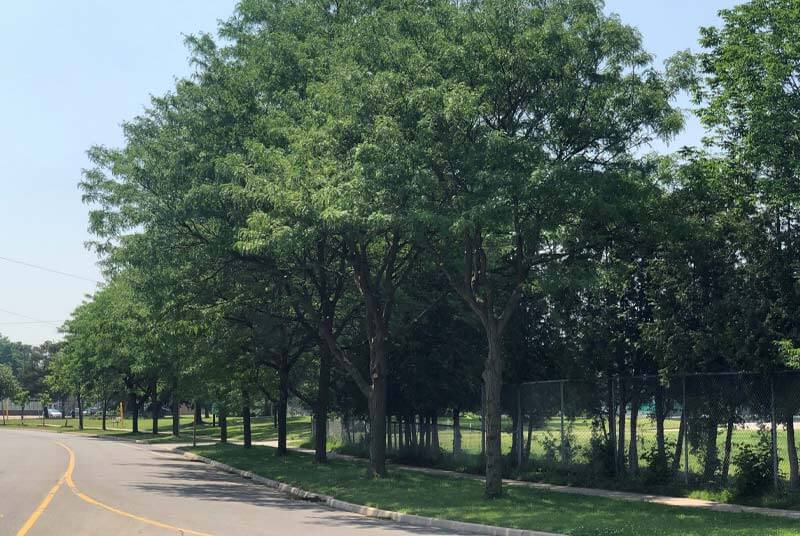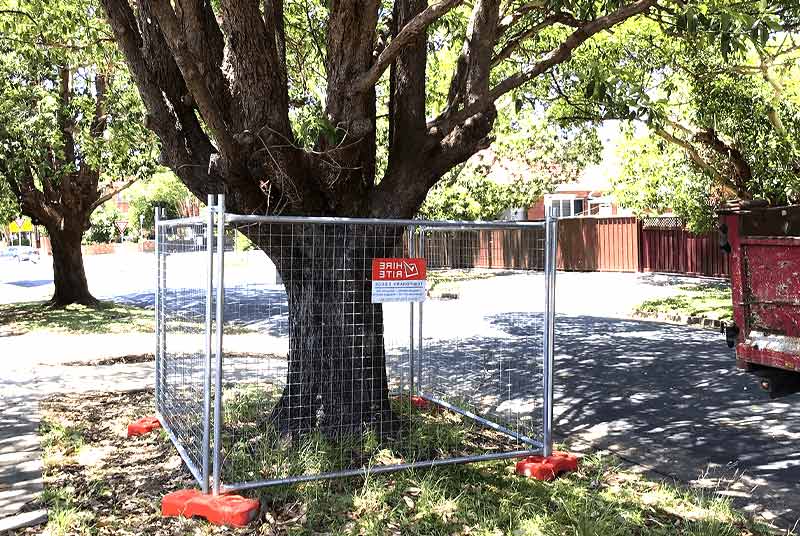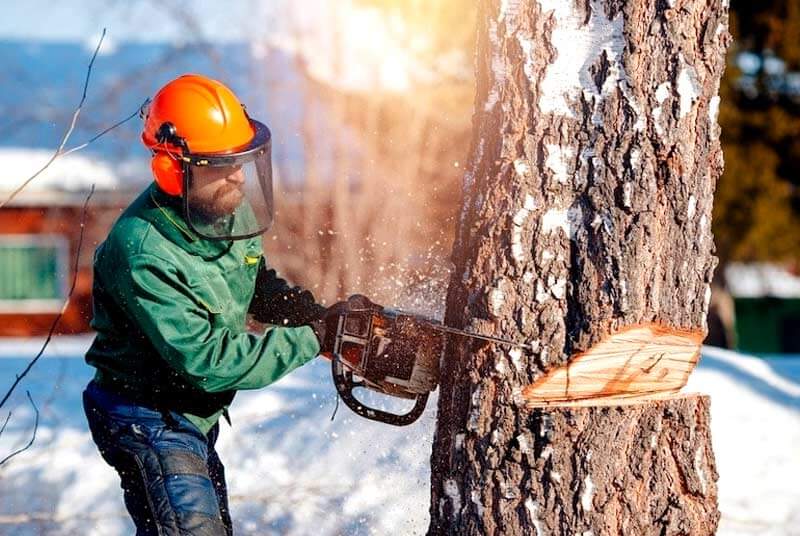The Tree Protection Act 2005 is a law that protects trees with exceptional qualities in Australia. Each state has a responsibility to protect the trees in it.
The law was set up to protect urban forests at risk of degradation and destruction. It also intends to protect urban forests that enhance or protect the heritage of an area. Additionally, it ensures that urban development does not lead to the cutting down of trees. It also helps to create an appreciation of trees in the urban environment and ensure proper urban tree management.
The act is extensive and allows for the proper management of urban trees. It even regulates tree cutting and provides penalties for illegal tree cutting.

Table of contents
ToggleObjectives of the tree protection act 2005
- To protect individual trees in urban areas that have exceptional qualities due to their cultural or natural heritage values or their contribution to the landscape.
- To prevent the loss of urban forests due to degradation.
- To ensure the construction of new buildings does not cause the cutting down of important trees.
- To protect urban forests that add to the heritage significance of an area.
- To incorporate value for trees into the design and planning of development.
- To ensure a proper understanding of the role of trees in urban areas and the benefits of proper tree management and sound arboricultural practices.
Criteria for tree protection in the tree protection act 2005
- Aesthetic
- Size
- Age
- Historical
- Culture
- Unique location
- Rarity
- Horticultural value
- Physical features
- Habitat
How does the tree protection act work?
The act allows states to create a register for all the protected trees within the state. Protected trees are categorized into registered and regulated trees.
Registered tree
A registered tree is a tree that appears in the register of protected trees in Australia or in different states.
Why are trees registered?
Trees appear in the protected tree register for the following reasons:
- Natural value
- Cultural value
- Aesthetics
- Science
Regulated tree
Regulated trees have specific features that cause them to be regulated. These features include:
- Specific location. You will find a regulated tree in areas defined as Tree Management precincts. Usually, it is an area leased by the state to keep the trees there protected.
- Over 12 meters high.
- Have a trunk diameter measuring 1.5m or more.
- May have two or more trunks with the above measurements.
- The crown width is 12 or more meters.
Tree protection zone
It is an area around the tree that one is not allowed to encroach. It includes:
- The part underneath the tree canopy.
- 2m width around the canopy.
- 4m around the tree trunk.
You will need approval to do the groundwork in the tree protection zone of a protected tree.

Definitions to consider in the tree protection act 2005
Tree damage
The law considers damage to a protected tree as the following:
- Killing or destroying the tree
- Poisoning the tree.
- Ringbarking the tree
- Felling or removing the tree
- Cutting branches or stems of the tree between branch unions.
- Removing pruned branches of the tree
- Major pruning
- Anything that causes the tree to die, reduces its expected life expectancy or that affects its health, stability and appearance.
Major pruning
Major pruning is pruning the tree beyond minor pruning.
Minor pruning of protected trees should be done according to the law. Lawfully, minor pruning means
- removal of deadwood.
- It also does not involve removal of limbs with a diameter more than 50mm.
- First pruning of the tree in the calendar year which only affects less than 10% of the canopy and does not change the shape of the canopy.
Minor pruning on a regulated tree should not affect the appearance of the tree. It is also done on fruit trees to enhance production.
Prohibited groundwork
Prohibited groundwork in the Tree Protection Act 2005 implies:
- Contaminating the soil in the protection zone of a protected tree with a poisonous substance to the tree.
- Cutting roots of the tree in the protection zone that have a diameter of 50mm.
- Excavating a length over 10 cm.
Prohibited activities to perform on protected trees
- Damaging protected trees.
- Damaging protected trees during development projects.
- Doing prohibited groundwork.
Penalty for the destruction of protected trees
- If you dig up near a protected tree, you will pay a fine of $1,000. Companies that damage these trees pay a $5,000 fine.
- The fine for destroying the tree is $200,000 and a criminal record.
If you want to cut down a tree
- Apply for a permit.
- Ensure that the tree is on your property. You are not allowed to cut down trees on other people’s property.
- Find out if it is a protected tree species.
- Hire an arborist.
When to remove a tree
- If it is sick
- If it is dead
- When it puts people and buildings at risk
- For new construction or renovation.













